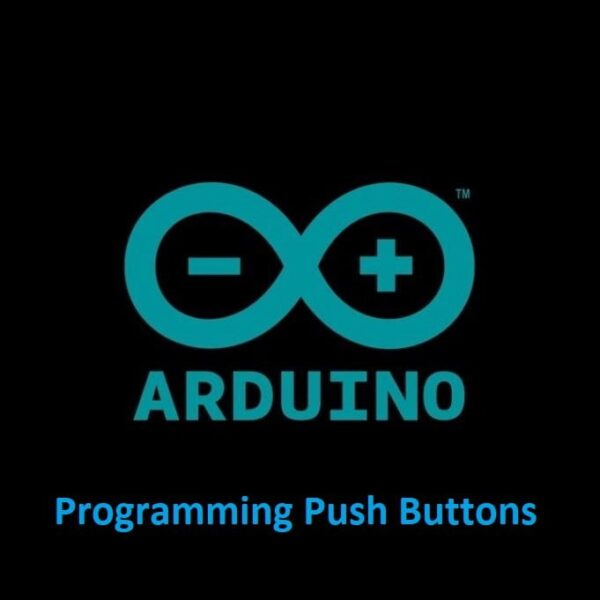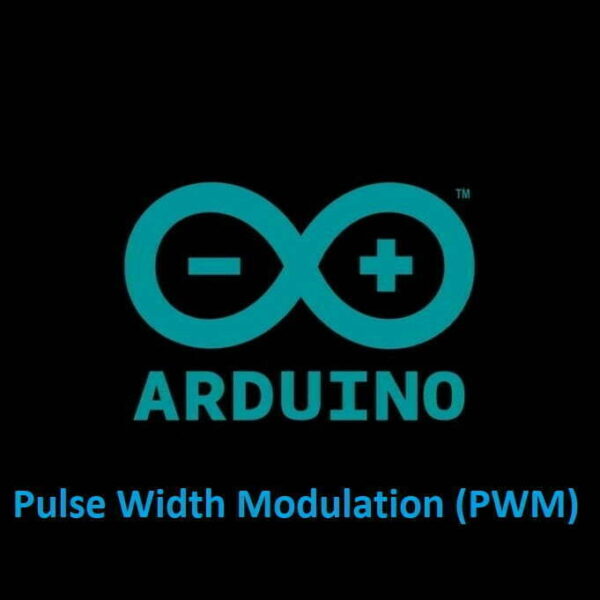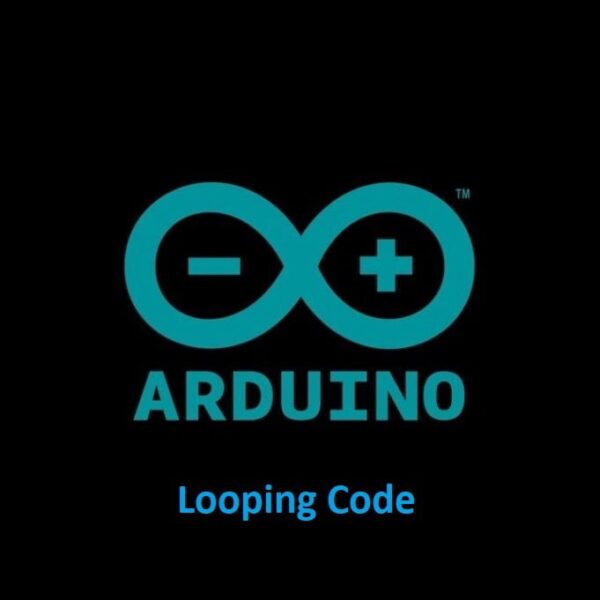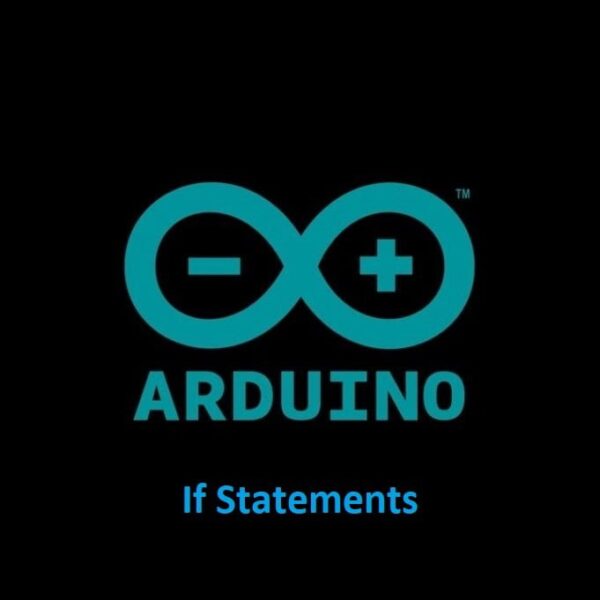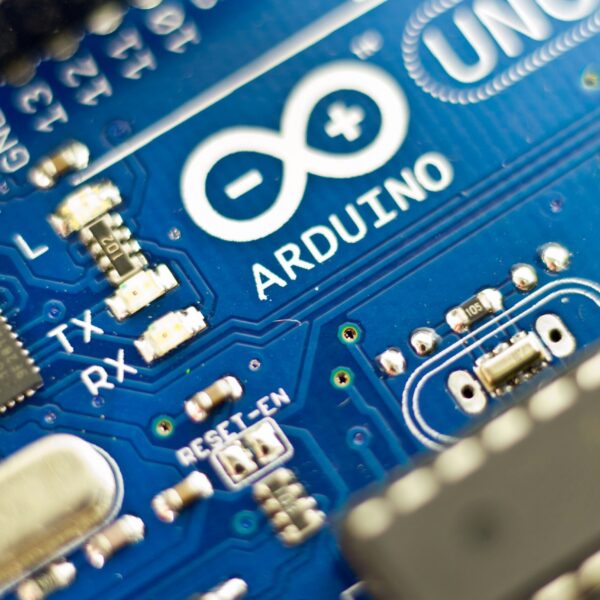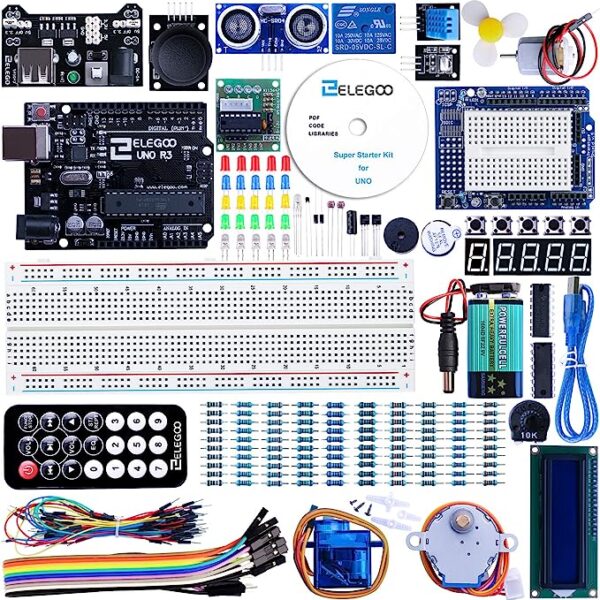Program Tactile Switches with Arduino
What is a Tactile Switch? Tactile switches, often referred to as "tac switches" or "tact switches," are commonly used in electronic circuits and can be programmed with an Arduino microcontroller to perform various tasks or trigger actions when the button is pressed. The tac switch, like any normal switch, can be used to complete a circuits connection. In the image below, when the button is pressed A and B are connected, D and C are connected, this is the correct…

